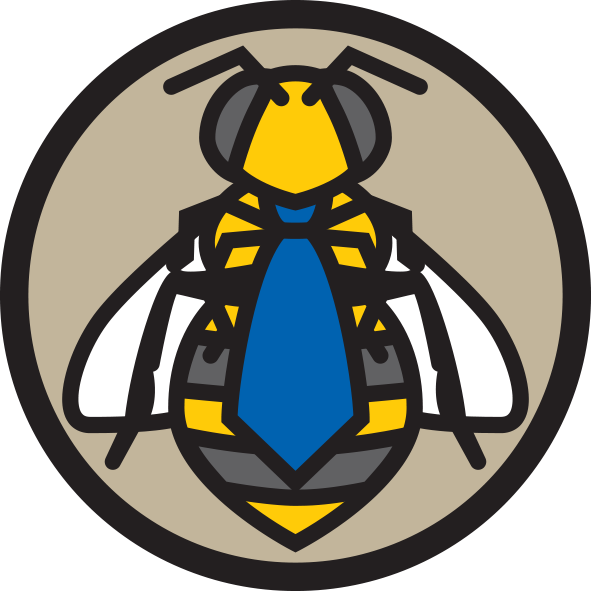Polyandry, a fancy word for something that all beekeepers know: honey bee queens mate with multiple males. The average is 12, but two Australian studies suggest this is an underestimate, with 28 mates being more likely.
Previous research has shown that the number of times a queen mates can have important repercussions for beekeepers. Too few mates results in colonies having increased likelihood of death, disease and queen replacement. Honey production is also lower in colonies headed by queens with low mate numbers.
In a bee colony the worker offspring from one father are referred to as a ‘subfamily’ or ‘patriline.’ The greater the number of subfamilies in the colony the better because workers from different subfamilies have different propensities to perform different tasks. For example, it’s great to have some hygienic bees in the colony to remove diseased brood. But if all the bees were fixated on this task other important things might get neglected. More subfamilies means that the colony can better adjust to changing conditions, such as temperature and floral resources.
Take temperature as an example. The optimal temperature for brood incubation is 34.5 C. If all workers in a colony are ‘programmed’ to begin fanning the nest to cool it down when the brood nest temperature reaches 36 degrees then the brood will get too hot. Sudden excessive fanning may then result in the brood becoming too cold. However, if there were a mix of subfamilies in the nest, each ‘programmed’ to start fanning the nest at slightly different temperatures, then the optimal temperature is more easily maintained.
In this video Professor Benjamin Oldroyd from the University of Sydney talks about how the mating habits of queen bees influence queen quality in their research apiary.
Two fact sheets on mating frequency for queen quality have been released by AgriFutures and the Behaviour and Genetics Laboratory at the University of Sydney. These fact sheets examine the best number of males to use in artificial insemination and whether queens reared in early Spring and Autumn have enough mates.
So next time you’re rearing or buying queens, don’t forget that her mates are important too!
About the author Nadine Chapman

